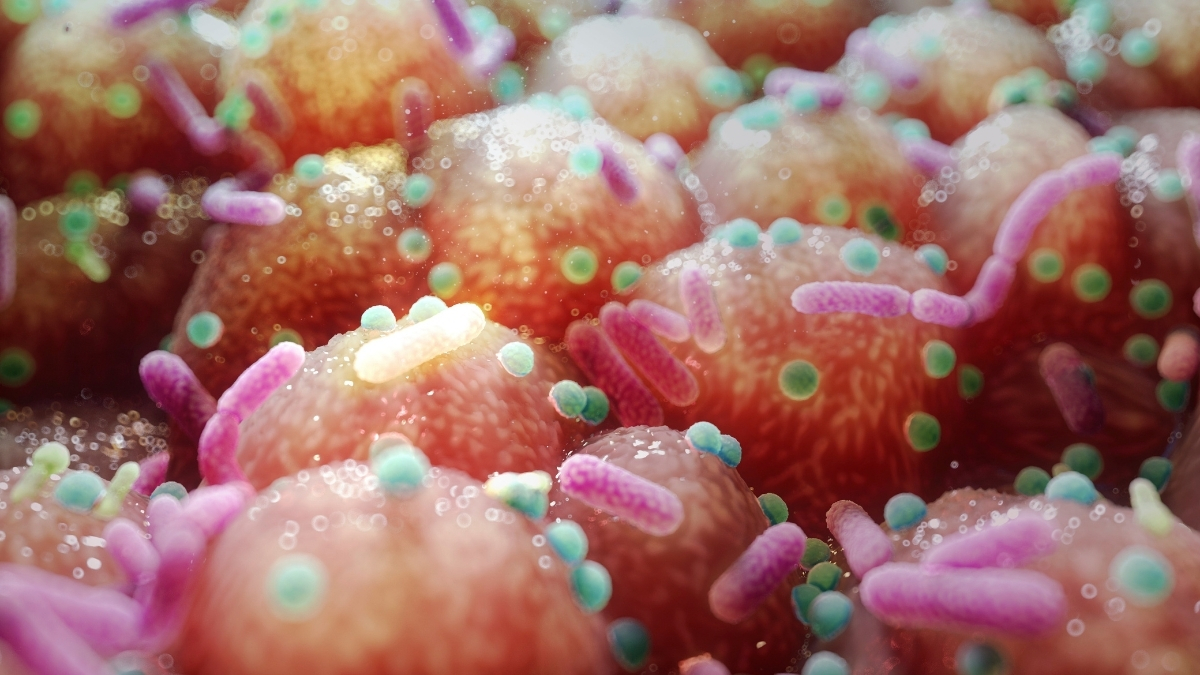Quick Q&A
Q: Can past injuries increase sensitivity to future pain or stress?
A: Yes — this study shows that old injuries can prime the brain to overreact to new stressors, leading to lasting pain and exaggerated fear.
Q: What mechanism keeps the nervous system hypersensitive?
A: A stress hormone called corticosterone interacts with the TRPA1 receptor to keep the nervous system in a heightened, danger-ready state.
Q: Can fear and chronic pain be separated biologically?
A: Yes — while both involve stress, fear requires TRPA1, but long-lasting pain is driven by stress hormones alone, suggesting different treatment paths.
Summary: A new study reveals that even after healing, injuries can leave behind a hypersensitive nervous system that overreacts to future stress. Mice previously injured showed intense fear and renewed pain when exposed to a predator scent, despite no new harm.
This lasting reaction was traced to stress hormone signaling and a protein known as TRPA1, often linked to burning pain. These findings suggest that chronic pain and trauma-related disorders may result from the body remaining stuck in high-alert mode long after the danger is gone.
Key Facts
- Injury Legacy: Past injuries can cause long-term hypersensitivity to fear and pain, even after physical healing.
- Biological Loop: The stress hormone corticosterone and TRPA1 receptor interact to amplify future stress responses.
- Dual Mechanisms: Fear and pain are driven by overlapping but distinct pathways, opening doors for targeted treatments.
Source: University of Toronto
A wound can leave a lasting imprint — even after it has healed.
A new study in Current Biology finds that past injuries can quietly prime the body to overreact and be more sensitive to stress, pain and fear long after the damage is gone.
These findings may help explain how early injuries or trauma can set the stage for chronic pain conditions, where the nervous system remains hypersensitive long after the initial damage has healed. can set the stage for chronic pain conditions, where the nervous system remains hypersensitive long after the initial damage has healed.
Researchers at the University of Toronto Mississauga discovered that mice with a history of injury responded more intensely to the scent of a predator, an extremely stressful event for mice.
These mice showed exaggerated fear and developed long-lasting pain in both hind paws, including the uninjured side. Strikingly, the symptoms lasted more than six months, long after the original injury had physically healed.
“Our brains are wired to protect us — especially from threatening situations,” said Dr. Loren Martin, an associate psychology professor and senior author of the study. “But sometimes that protective system stays switched on — leaving us overly sensitive to stress or pain, even when the threat is long gone.
“Our research gives us new insight into how past injuries can shape the brain’s response to future challenges, and could open the door to better treatments for chronic pain and anxiety disorders.”
First author Jennet Baumbach, a graduate student in Dr. Martin’s lab, uncovered a key link between stress and lasting pain. She found that the stress hormone corticosterone interacts with a protein called TRPA1 — often called the “wasabi” receptor because it produces a distinctive burning sensation— to amplify sensitivity to future threats.
This signaling loop appears to keep the nervous system primed for danger, making mice respond to predator odor with both increased fear and renewed pain, despite no new injury.
Notably, while both TRPA1 and stress hormones like corticosterone were required for the exaggerated fear response, the long-lasting pain depended only on stress signaling, not TRPA1. This indicates that fear and pain may be driven by separate but parallel biological mechanisms.
Blocking the stress hormone corticosterone or inhibiting the TRPA1 receptor could reverse these heightened responses, which opens the door to new therapeutic strategies for conditions like chronic pain, PTSD, and other stress-related disorders.
“We’re dissecting the brain and central circuits that control these behaviours,” said Dr. Martin. “By understanding how trauma rewires the nervous system, we can begin to target the mechanisms that keep fear and pain locked in place.”
About this PTSD and neuroscience research news
Author: Julia Le
Source: University of Toronto
Contact: Julia Le – University of Toronto
Image: The image is credited to Neuroscience News
Original Research: Open access.
“A history of injury enhances affective and sensory responses to predator threat by sensitizing corticosterone release through TRPA1 receptor signaling” by Loren Martin et al. Current Biology
Abstract
A history of injury enhances affective and sensory responses to predator threat by sensitizing corticosterone release through TRPA1 receptor signaling
The ability to detect pain or other danger cues through experience and innate programs is a critical adaptive behavior. It enables organisms to recognize, learn, and remember threats, facilitating rapid and coordinated responses to imminent danger.
In injured animals, pain sensitization enhances vigilance, allowing the animal to respond quickly to environmental threat cues.
Although previous research has explored neuronal pain memory and sensitization through priming models, where a noxious stimulus increases nociceptive responsiveness to subsequent, milder stimuli, little is known about how prior pain experiences influence threat-related behaviors and their underlying physiology.
Here, we used a pain-priming model to investigate how a history of injury influences responses to a psychological danger cue.
Exposure to the predator-odor trimethylthiazoline (TMT) induced transient fear and short-lived mechanical hypersensitivity in naive mice.
By contrast, pain-primed mice exhibited exaggerated freezing and prolonged mechanical hypersensitivity lasting over 6 months.
These persistent responses depended on corticosterone signaling during TMT exposure, as pharmacological blockade of corticosterone synthesis prevented freezing and reversed mechanical hypersensitivity in pain-primed mice.
Furthermore, TRPA1 receptor antagonism suppressed corticosterone elevation and freezing in pain-primed mice, implicating this pathway in stress amplification.
However, TRPA1 antagonism did not block the prolonged mechanical hypersensitivity, suggesting that fear and pain responses to predator threat following injury are mediated by distinct pharmacological mechanisms.
These findings reveal that pain priming sensitizes the TRPA1-stress axis and reconfigures stress and pain circuits, increasing vulnerability to future threats.
Source link

:max_bytes(150000):strip_icc()/Walnut-Rich-Breakfast-for-Cognitive-Health-FT-DGTL1025-60149f7d86c44393bd863280bd0546cc.jpg)